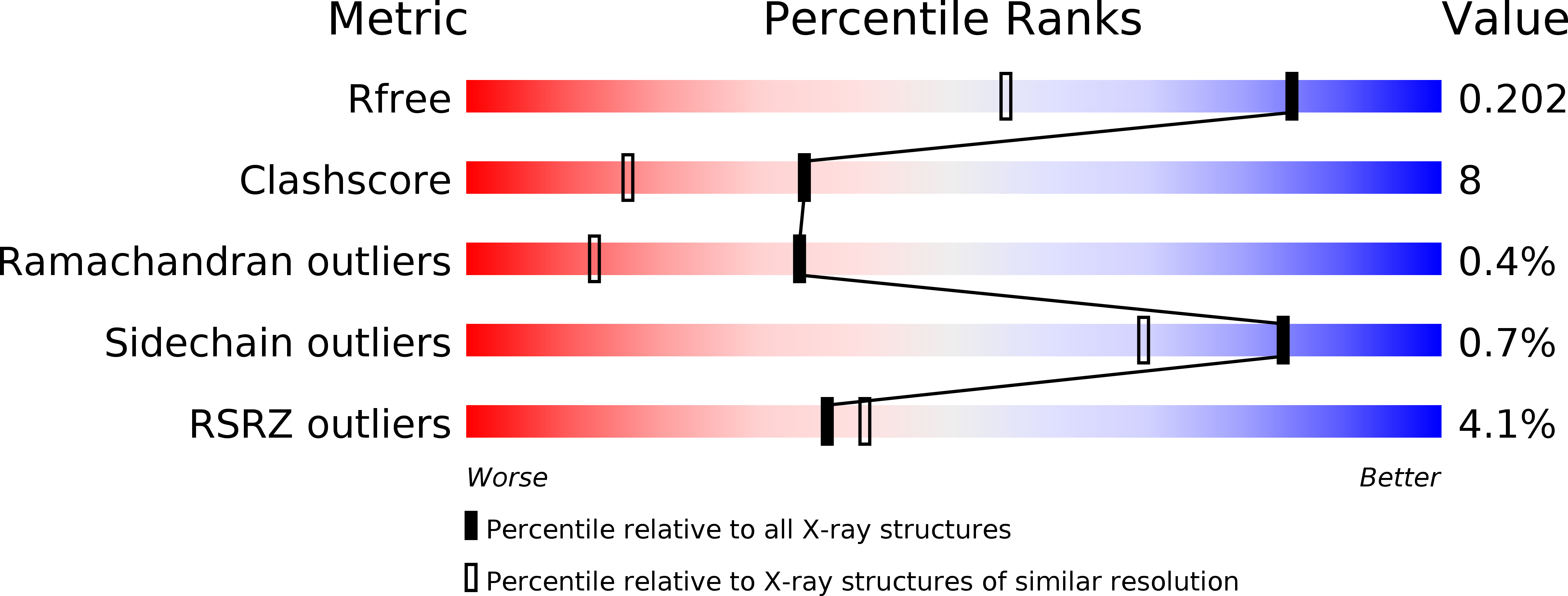
Deposition Date
2017-05-22
Release Date
2018-08-01
Last Version Date
2023-11-22
Entry Detail
PDB ID:
5XNE
Keywords:
Title:
X-ray Crystal Structure of alpha-acetolactate decarboxylase from Bacillus subtilis strain 168
Biological Source:
Source Organism:
Bacillus subtilis subsp. subtilis str. 168 (Taxon ID: 224308)
Host Organism:
Method Details:
Experimental Method:
Resolution:
1.50 Å
R-Value Free:
0.22
R-Value Work:
0.19
R-Value Observed:
0.19
Space Group:
P 31


